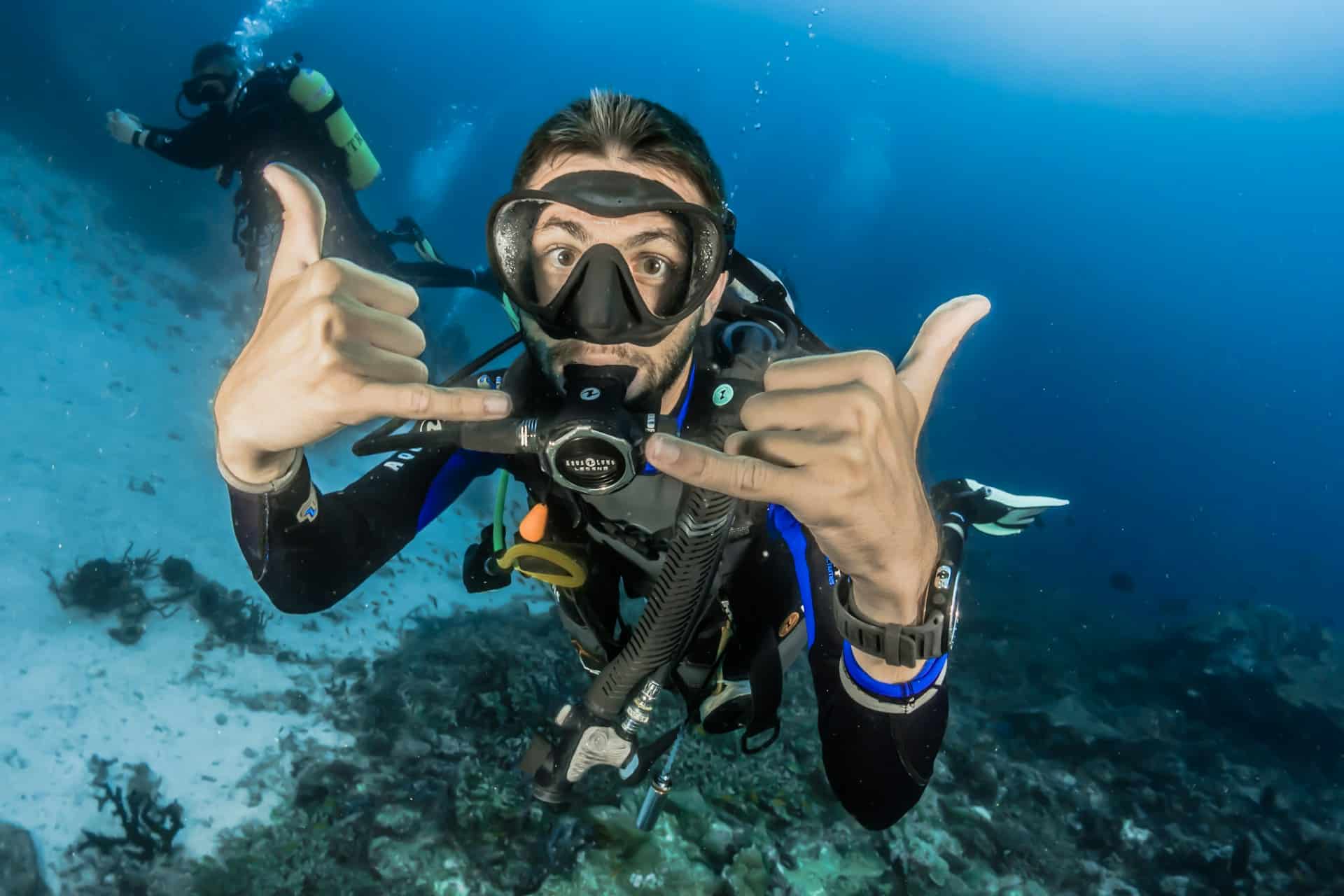What safety tips should you know before swimming in UK's natural lakes?

As the weather warms up, many of you are likely considering taking a refreshing dip in one of the UK's beautiful natural lakes. However, open water swimming, especially in wild, natural bodies of water like lakes and rivers, involves a distinct set of challenges and safety considerations that you should be aware of. This article will help you understand the important precautions to take before plunging into the cold, open waters of the UK's lakes.
Understanding Water Quality
Before you even dip a toe into a lake, it's essential to understand the water quality. Unclean or contaminated water can pose serious health risks. Understanding the quality of the water in which you plan to swim will help you stay safe and avoid potential health hazards.
Avez-vous vu cela : How to find guided tours of haunted castles in Scotland?
In the UK, the Environment Agency monitors the water quality in lakes and rivers. You can check their website for up-to-date information about the water quality in the area you plan to swim. It's always a good idea to swim in waters that have been officially designated as safe for swimming.
In addition to the official water quality ratings, be aware of the presence of blue-green algae. These microscopic organisms bloom in warm, still water and can produce toxins harmful to people and animals. Lakes with a visible algal bloom should be avoided.
A voir aussi : How can you participate in a live archaeological dig in England?
Open Water Swim Safety
Swimming in an open body of water such as a lake or a river is vastly different from swimming in a controlled environment like a pool. You should be aware of these differences and understand how to navigate them safely.
First, you need to understand that the temperature of open water can vary. Even in the height of summer, lakes and rivers can be surprisingly cold. This cold can catch swimmers off-guard, leading to a dangerous situation known as cold water shock. To stay safe, acclimate your body to the cold water slowly and never dive in suddenly.
Secondly, open water can be unpredictable. Currents in rivers and undercurrents in lakes can unexpectedly push swimmers off course or pull them under. It's crucial to be familiar with the body of water you're swimming in and to stay vigilant while in the water.
The Importance of Swim Buddies and Supervision
Swimming alone is never a safe idea, especially in open water. Having a swim buddy or a team not only provides companionship but can also be a crucial safety measure.
Should you get into trouble while in the water, a swim buddy can provide immediate assistance. They can help you back to shore, call for help, or even perform life-saving first aid if necessary. Additionally, swimming with a buddy can help deter potential wildlife encounters.
Having someone onshore watching over the swimmers can also be immensely helpful. They can be the first to spot any potential danger and raise the alarm. If the swim area is large, consider having multiple observers positioned at different points around the water.
Know When To Swim and When To Stay Out
Knowing when it's safe to swim and when it's time to stay out of the water is a crucial judgement call that all swimmers need to make.
Before entering the water, check the weather conditions. If there's a storm coming or if the weather is erratic, it's best to stay out of the water. Lightning strikes are a risk during storms, and heavy rain can quickly change the conditions in the body of water.
It’s also important to listen to your body. If you're feeling unwell or fatigued, it's better to stay out of the water. Swimming, especially in cold, open water, requires a lot of energy. Entering the water while already exhausted could lead to dangerous situations.
Learn Basic Life Saving Techniques
While we hope that you'll never need to use them, understanding basic life-saving techniques is essential for anyone planning to swim in open water.
At a minimum, every swimmer should know how to perform CPR and how to help a drowning person without putting themselves at risk. Many organizations in the UK offer classes on these topics, and it's worth investing the time to learn these potentially life-saving skills.
Remember, safety should always be your top priority when swimming in open water. By preparing properly and understanding the unique challenges of open water swimming, you can enjoy the UK's natural lakes safely and confidently.
Stay Aware, Stay Alert
The captivating allure of open water swimming in the UK’s picturesque lakes can sometimes lead to a lax attitude towards safety. However, this form of wild swimming requires a heightened level of awareness and alertness. Key to this is understanding the potential hazards, which go beyond cold water shock and water quality issues.
Strong currents are a significant risk, particularly in larger lakes and rivers. Even if the surface appears calm, underwater currents can be surprisingly forceful, capable of pulling even strong swimmers off course or under the surface. It's crucial to research the swimming spots you plan to visit, understand their potential dangers, and be prepared for unexpected turns of events.
Wildlife encounters are less common, but they remain a potential risk. Many creatures are harmless, but some, like certain species of blue-green algae, can present serious health hazards. If you notice any unusual wildlife or flora in the water, it's safer to stay out.
Always keep an eye out for warning signs posted by the Environment Agency or the local council. These signs typically indicate potential hazards, such as poor water quality, strong currents or the presence of harmful blue-green algae. If emergency services or lifeguards are present, heed their instructions and warnings – they're there to ensure your safety.
Safety Tips: A Conclusion
Swimming in the UK's natural lakes can be a deeply rewarding and refreshing experience, but it's essential to stay safe while doing so. The key to a safe swim lies in preparation, awareness, and adherence to safety guidelines.
Before you set out, check the weather conditions and the water quality of the bathing waters you plan to visit. Understand the risks of cold water shock and know how to acclimate your body to cold water. Be aware of the potential hazards of open water swimming, including strong currents and wildlife encounters.
Never swim alone; always have a swim buddy or a team. Consider having a designated onshore observer who can watch over the swimmers and raise an alarm if needed. Understand when it's safe to swim and when it's best to stay out of the water. If you're feeling unwell or exhausted, always choose safety over a swim.
As you venture into the wild swim experience of the UK's lakes, equip yourself with basic life-saving techniques and CPR skills. Remember, safety is not a hindrance to your enjoyment; rather, it's an assurance that you can enjoy the thrill of open water swimming with peace of mind.
So, as you prepare for your next open water swim, remember these safety tips, respect the power of nature, and most importantly, stay safe. Enjoy the beauty and refreshing coolness of the UK's natural lakes while prioritizing your safety.
